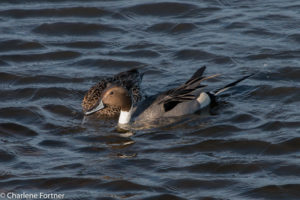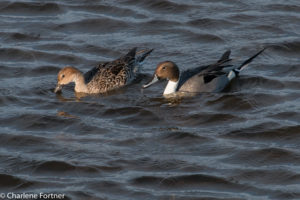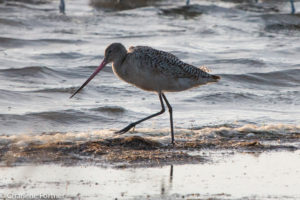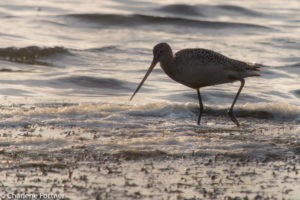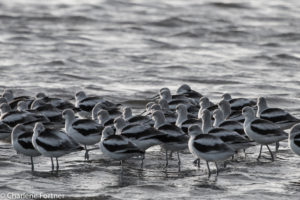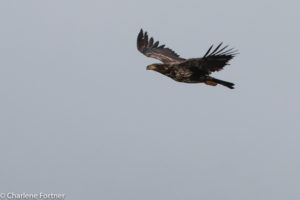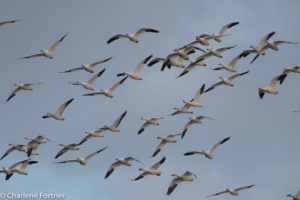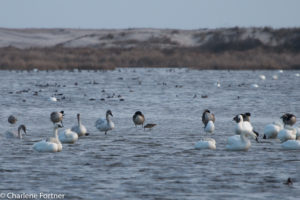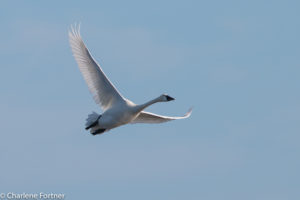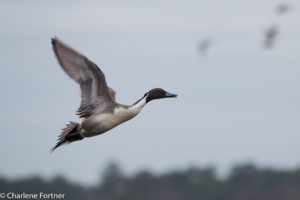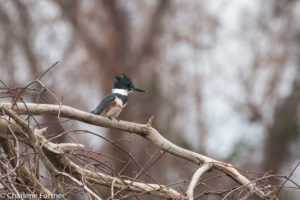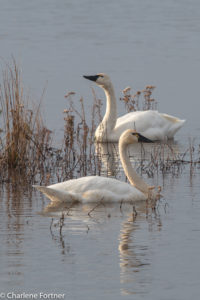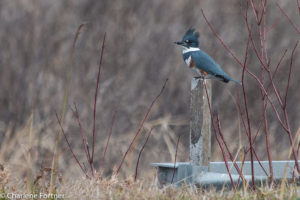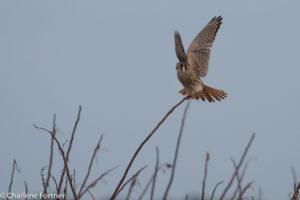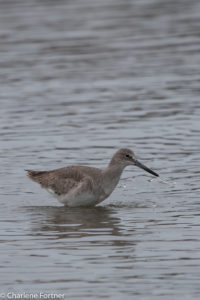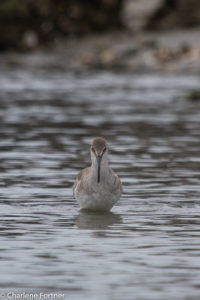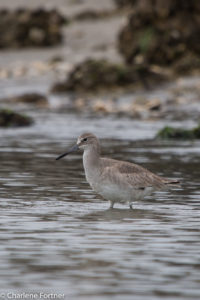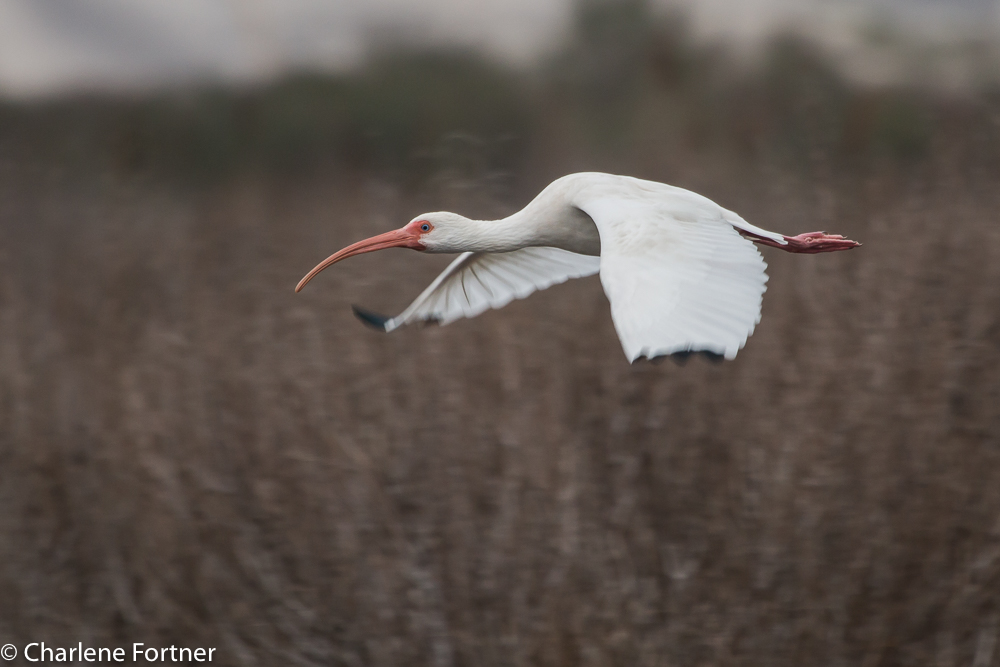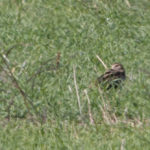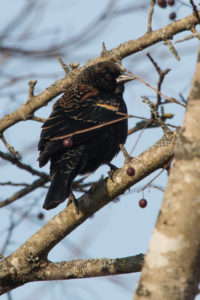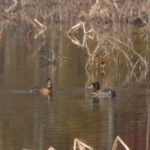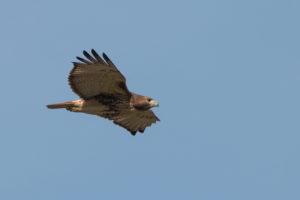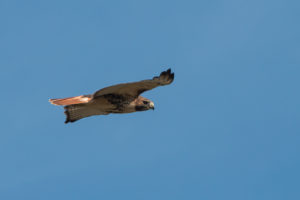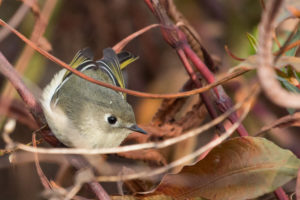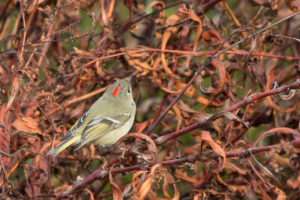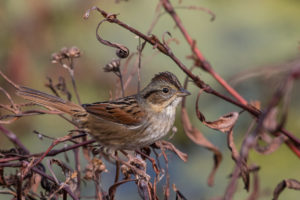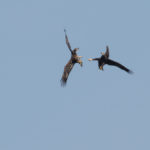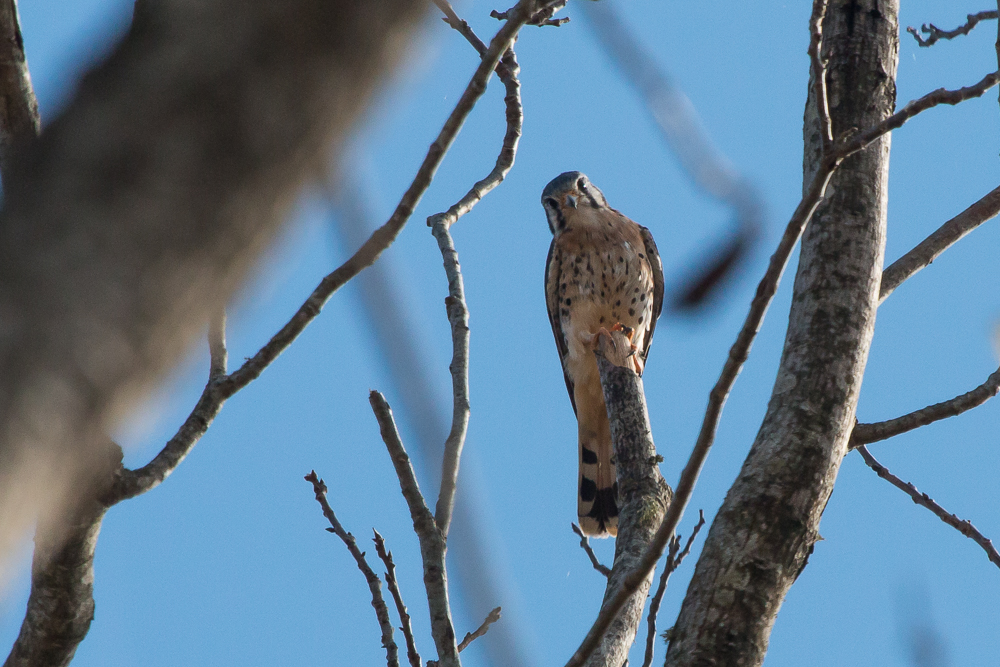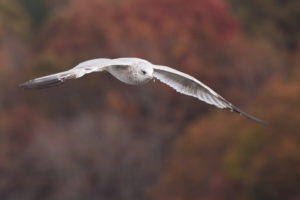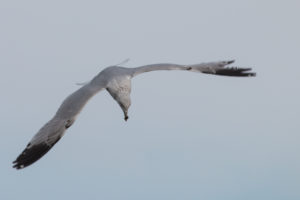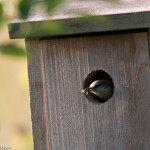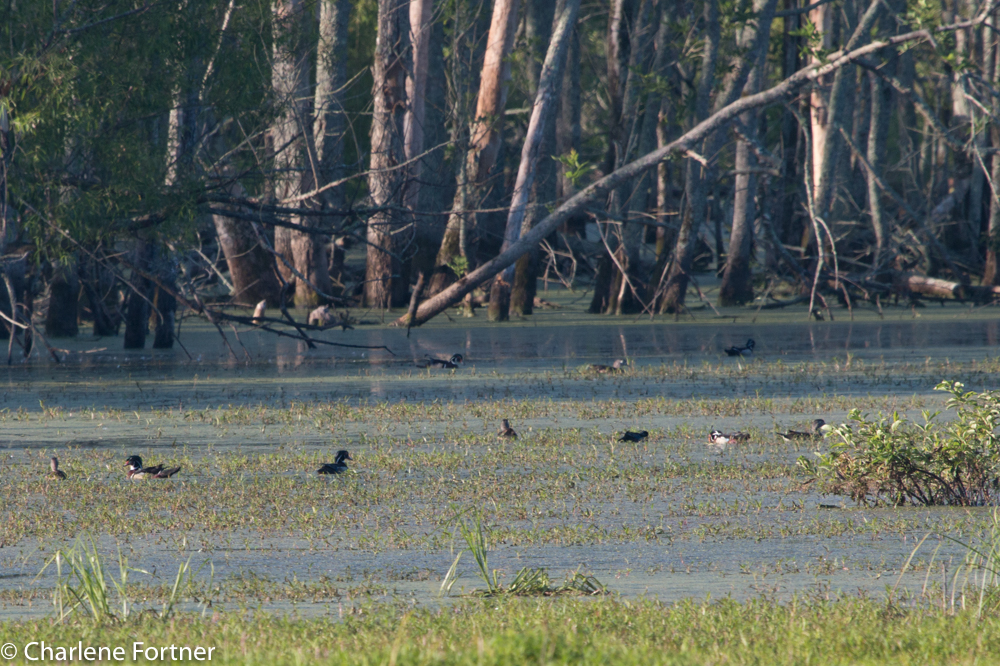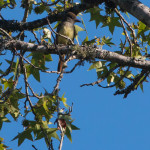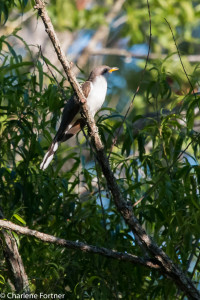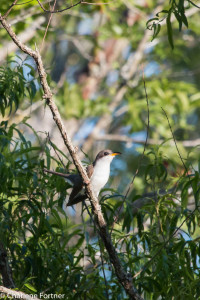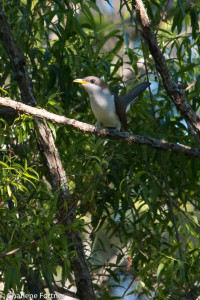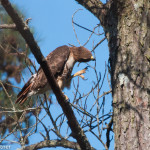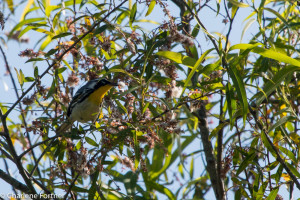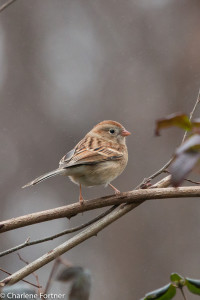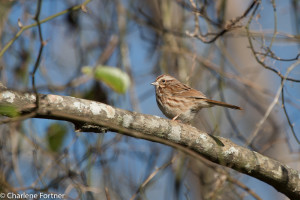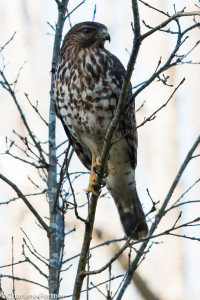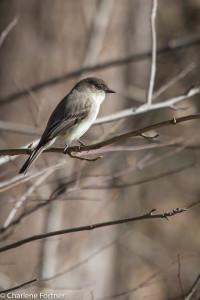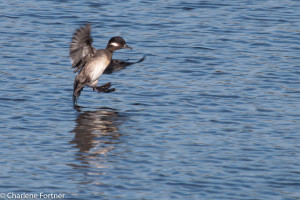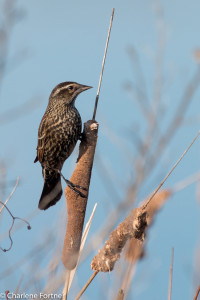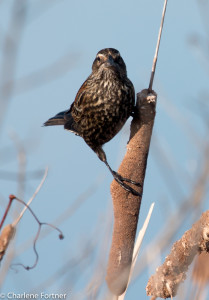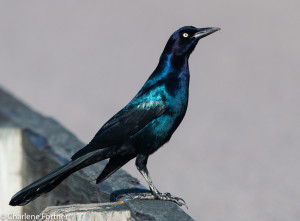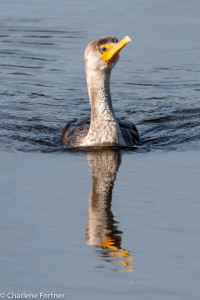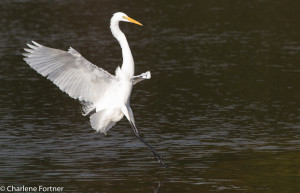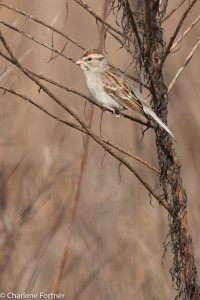With the recent snowfall I now have some time to sit down and put on paper some resolutions and expand or extend some current goals. As a teacher I usually evaluate my years from July to June rather than January to December, so January is usually a check-in month for my financial and personal goals. This will be a long post, but I really would like the accountability of having this out there! One of the nice things to make this go by faster is the nice activity out the window:
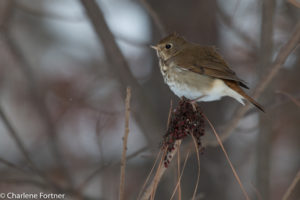
Hermit Thrush
High Rock Lake, NC
Jan. 2017
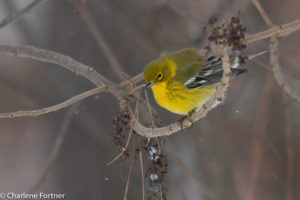
Pine Warbler
High Rock Lake, NC
Jan. 2017
2016 Was a Great Year!
Despite the shit-show that was 2016 in politics, my 2016 was a great year. My biggest accomplishment by far was being named Teacher of the Year by my peers! My aversion to spotlight has kept me from boasting, but I am humbled by this honor and I hope, so far, that I have done everything that I can to live up to it! I had two Honors Earth Science classes in the spring, the first Honors classes I have taught in my career. I had loads of fun with them and was able to design some fun labs and activities with them! They were such good sports.
I paid off my credit card in March, but this plus was short-lived. I did pay off my hearing aids, which I purchased at the end of November in 2015. After a year of use, I can say without a doubt, this was one of the best decisions I have made for my personal health. It is amazing how much of an impact they have made on my behavior and my confidence.
My decision to travel abroad was made clear and I aligned many financial decisions to making this dream a reality! Planning this trip has been a most wonderful experience. In another life I think I would have had fun as a travel agent.
By the end of 2016 my credit score, as reported by my bank, has soared to a number I am VERY happy with. I have a love-hate relationship with money, so budgeting and watching my accounts is compulsive for me. Years of paying down debt and wisely managing my financial choices has paid off!
I had several birding trips that added a few new species to my list. While on spring break in Delaware with Teddy we found Purple Sandpipers and Brant. In May, a rarity was spotted just up the road from me. A Brown Booby was found far inland at Lookout Shoals Lake. Despite the very hot weather this summer, my mom and I took a short trip to Charleston for some summer coastal birding. New species for me were Gull-billed Tern, Yellow-crowned Night-heron, Black-bellied Whistling Duck, Common Gallinule and Painted Buntings. I regret not getting a good picture of the last one. The last highlight of the year was finding Wilson’s Snipe at my usual haunt: Pee Dee NWR.
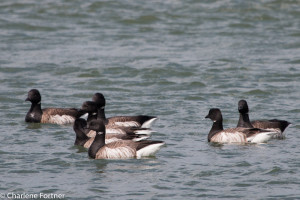
Brant
Delaware Seashore SP
April 2016
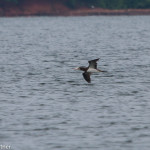
Brown Booby
Lookout Shoals Lake, NC
June 2016
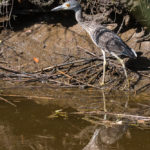
Yellow-crowned Night-heron
Donnelley WMA, SC
July 2016
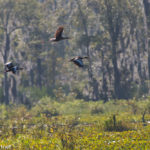
Black-bellied Whistling-duck
Donnelley WMA, SC
July 2016
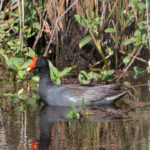
Common Gallinule
Caw Caw Interpretive Center, SC
July 2016
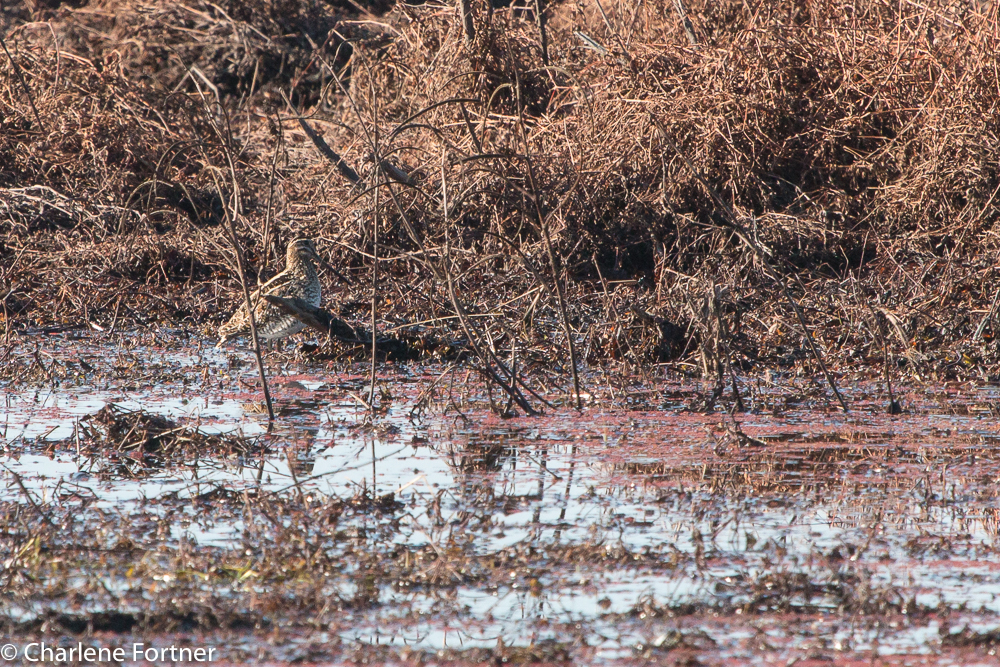
Wilson’s Snipe
Pee Dee NWR
Dec. 2016
…But there were a few downs.
I had a few back-and-forth trips to the vet with a sick dog this year. Thankfully the situation has been remedied by a diet change and all things seem to be back to normal. I had to cancel a week-long trip to Maine because of it. A few more injuries kept me in and out at the vet’s. Man, I LOVE them (and they probably love me too)!
I had to have my car engine repaired in early 2016. In part due to my own negligence and another part due to the nature of the problem. I thought it was a braking problem. We looked for and changed a different, smaller, problem before realizing the issue was bigger. While fixing the engine was cheaper than getting a new car, this fix required me to dip both into my savings and my credit card.
Though not really an up or down, I moved this year. Financially it was a smart move and it will make my travel goal more reachable. However, it did not affect my long commute (only 0.1 miles difference) so no boost to my gas budget. I also became a roommate. After five years, and for the better part of 10 years, of living on my own, this has taken some getting used to.
Upcoming Trip
There is just a little more than 23 weeks to go until my first overseas trip! My itinerary is pretty full, although I left at least one day at each of my bases free. I’ll be visiting London, Oxford, Hadrian’s Wall, Lake District, York, Wells-next-the-Sea, and Bath for a total of 35 days. I tend to over-plan my trips, but I do not get upset if I get side-tracked or miss something. This just gives me a good excuse to visit again!
I budgeted $4200 for this 35-day trip. The day total does not including the day of plane travel and airport transport on the day before landing in London and round-trip travel to Baltimore. My budget includes these days and additional to/from travel costs like gas and dog boarding. It is predicated on a currency exchange rate (USD-GBP) of 1.4, which is currently 1.229! If the exchange rate falls below 1.15 I will go ahead and get a TipPak from AAA.
My plane ticket and all but four of my lodging places are booked, so the trip is shaping up just as I envisioned. I booked a ticket for the Ceremony of the Keys at the Tower of London back in October as this opportunity books up fast! I still need to book some long-distance travel by train and bus in-between bases, but that will take place 12-16 weeks out. When the concert tickets for both the York Early Music Festival and the Proms come out I will be purchasing those tickets in advance as well. I will continue to keep an eye out for the season at the Sam Wanamaker Playhouse, since I was not moved by the summer selection at the Globe.
Goals I Need to Work On
I started the school year with ten major goals. I usually start with large goals that can easily be broken down into weekly or monthly (numerical) benchmarks. There are several goals I am behind on:
- Walking: Unfortunately, I am probably the most sedentary I have been in my entire life. This is a terrible realization. This summer I moved, which brought me to a better neighborhood. I hoped to walk 500 miles before leaving for my trip, which originally amounted to 10 miles per week. My trip will require a fair bit of walking and about two of the five weeks will require between 5-12 miles per day of hiking. For about two months I was on target, when it was warm and I had the summer off. Once school started and after daylight savings time I fell off track. If I modify my original goal down to 300 miles, still an impressive goal, I can still keep my weekly goal at around 10 miles. For now, I can aspire to complete this on the weekends until daylight savings time begins giving me more evening light.
- Lose Weight: I really wanted to lose 25 pounds before leaving on my trip. I am the heaviest I have ever been. Numbers on a scale are not the only measure of my unhappiness in this respect. I am also the most sedentary I have ever been. When I set this goal I had to lose approximately 2 pounds per month, which I felt was a reasonable goal. Unfortunately I have not been making progress on this goal. While I have not gained any weight, I have been fluctuating within 5 pounds of my original starting weight. I am adjusting my original mark and hope to lose 20 pounds before June 1st, which would require a drop of about 4 lbs per month, a very ambitious goal.
- Reading: I use Shrook as a means of keeping up with several blogs and RSS news feeds and use iTunes for Podcasts to listen to while I commute. Whenever setting up a feed I set it to delete any unread entries after seven days. This keeps space open for a more diverse news feed. I hoped to develop a habit of spending at least 10-30 minutes a day reading, but this has not happened. I usually keep a journal of thoughts/questions while reading and follow up with additional research. This method helps me learning more about finance, politics, photography and birds. Truthfully, I just need to train myself to get up a little earlier and do this while eating breakfast. (As if I wanted to get up earlier than 0500!)
- Credit Card. As always, car trouble and emergency vet bills keep me in credit card debt. After successfully paying it off in early 2016 my balance has burgeoned up to a unsuitable (for me) balance by the end of 2016. Since my focus at the moment has been to save as much for my trip, paying my credit card down to a $0 balance before I leave in June would be unfeasible. I hope to pay it down to under $200 which should be manageable by boosting my monthly payment by 25%. I DO NOT intend to charge anything associated with my summer travel to my credit card! My large budget includes a modest amount for unexpected costs and souvenirs.
Goals on Track
Ending on a good note, there are several goals that I am on track for:
- Increase upper body strength: While self-explanatory in its importance, I admit this goal has an ulterior motive. Increased upper body strength will help me keep steady my birding camera. At nearly 5 pounds, hand-holding this for about 30 minutes to an hour can cause some serious issues for sharp photos. I have a variety of upper body workouts and there is nothing wrong with old-fashioned push-ups. My friend Julie let me accompany her to a workout class at a Gold’s Gym about two months ago. I felt that burn for a few days!
- Processing Photos: With the exception of just six species, I have photographed every species on my bird list. Over the years, I have greatly improved my photography techniques and upgraded to better equipment. Using Adobe Lightroom, I catalog all of the photos I take on my travels and keyword all bird photos by species. Regularly, I evaluate the photos by culling the least favorite 10-20% of each species. This requires/allows me to continuously rotate the photos on this website and study my favorite photos, improving my eye and technique.
- Money Market: A few years ago I created a dedicated travel account with my bank. I automatically deposit $100 a month into this account on payday. This usually covers all of my yearly travel. In order to save for this monstrous month-long trip to England, I needed to supplement my account with an extra $50 a week starting last June. My priority in June was to pay off my hearing aids, which I did in October. After that goal was realized, I simply siphoned the amount I was paying to my money market account which is keeping me on track for my trip budget.
FYI…
As a side note, I noticed that when doing searches on my website that the links seem to be broken. I am researching this issue and hope to have it corrected soon. I also need to finish the content for two posts about my winter trip to the Outer Banks in December 2016.
Here’s to a wonderful 2017,
Charlene




